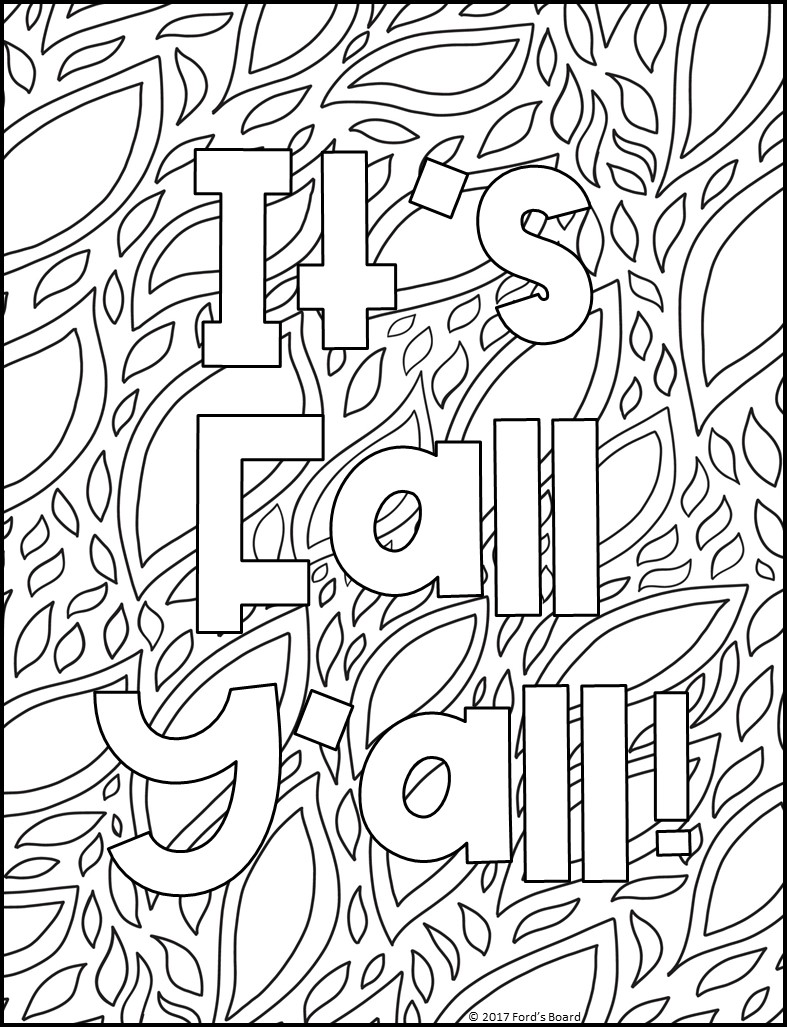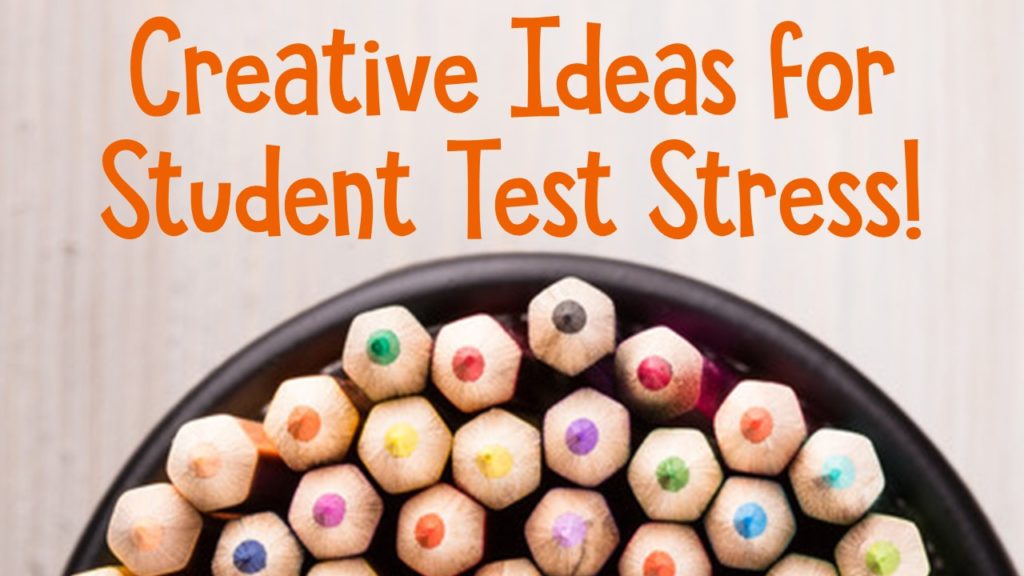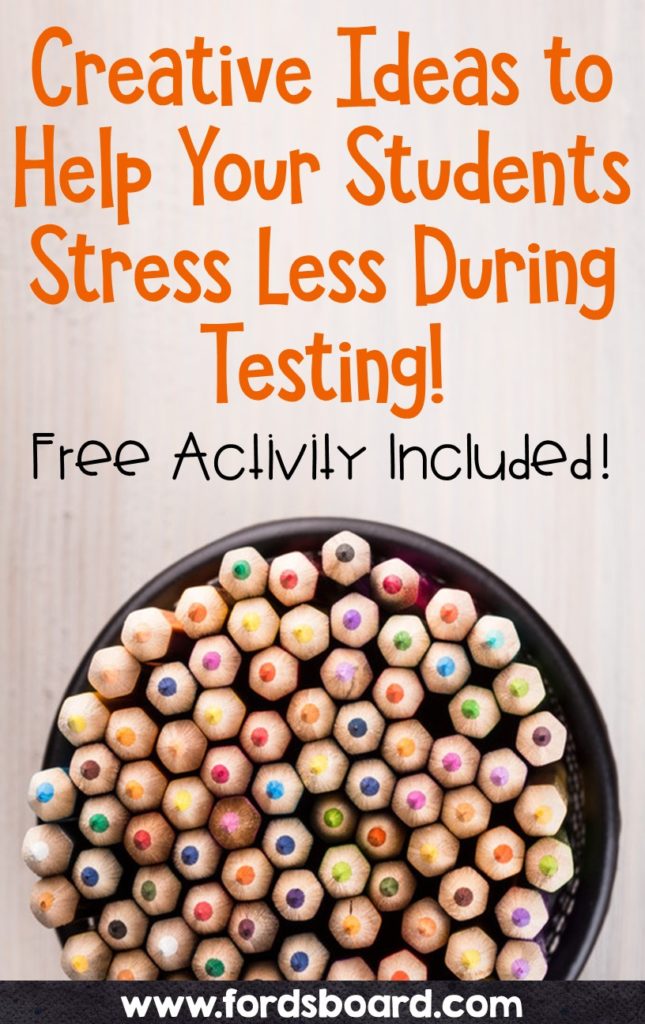Are you one of those people like me who loves everything about fall? I could go on and on about the awesomeness of my favorite season and believe me, I want to, but I’m going to do my best to keep it all about the kiddos. Since I love to be outside in Autumn, I loved taking my students outside to immerse themselves in the wonders of the season. Here are five free activities to do with your students in the fall that are fun, free, and educational!
Fall Writing – For this activity, your students will need a clipboard, paper, and pencil. Take them outside to a place where they can sit comfortably and study nature. They may write a descriptive paragraph, a poem, what they’re observing as they study, questions, and more! There are so many possibilities! Afterwards, they may illustrate the setting.
Leaf Arrays – If your students are learning about multiplication, this is a great hands-on activity. Each student will need a paper bag, a clipboard, a sheet of notebook paper, and a pencil. Take your students outside and give them a few minutes to collect leaves inside the bag. Have your students work individually or with a partner to create leaf arrays on the ground. Each time they create an array, they record the array and matching multiplication facts on notebook paper and repeat. Afterwards, students may return the leaves to nature. Another option is to have each student glue a leaf array, write the matching facts, and hang all the pictures up for a fun seasonal display!
Compare and Contrast Leaves – This is a great critical thinking activity for fall. Each student or pair of students will need two fall leaves, a Venn diagram, and a pencil. Attach the leaves to the page with glue or tape. Students study the leaves, then write how the two leaves are similar and different. They may focus on number of points or veins, color, texture, type, etc.
Measuring Area of Leaves – This is a fun guessing game that requires students to guess how many nonstandard units it will take to cover a leaf. Your students (partners are ideal) will need fall leaves, nonstandard units such as cubes, beans, etc., a sheet of paper, and a pencil. On the paper, students make a T-chart with “Guess” on the left and “Actual” on the right. Before measuring, students guess how many units it will take to cover the leaf. The guess is recorded on the left side of the chart. Then, they measure by covering the leaf with the cubes, etc. They record the actual answer and compare it to their guess. If students use more than one leaf and use the same unit, they become better at guessing as the activity progresses. This is a hands-on, effective way to introduce area to your students!
Fall Coloring – Just like I could go on and on about how much I love fall, I could go on and on about how much I love coloring! I was (and still am) one of those kids who wants to color everything. Encourage your students to enjoy this FREE Autumn Coloring Page on a Fun Fall Friday, at a writing center, or simply for self expression and relaxation. It is from my Autumn Coloring Pages resource on Teachers Pay Teachers. Now go and treat yourself to something, anything, pumpkin spice because …It’s Fall Y’all! 🙂







